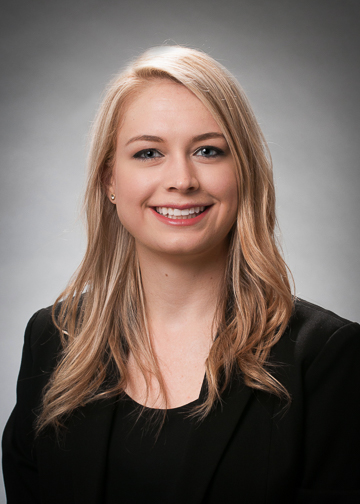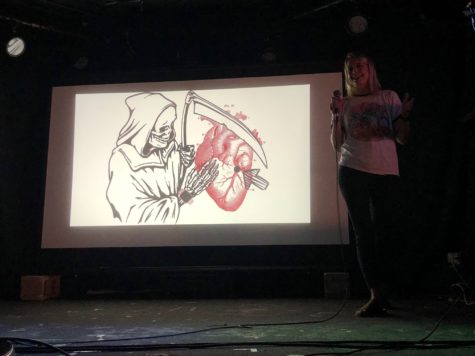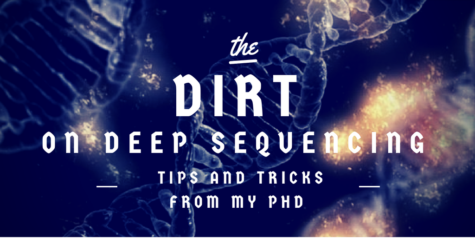That question.
It’s always looming. It comes from the tenured professor at the back of the room during my annual progress report to the department. It comes from the clinician from another field who pauses in front of my AHA Sessions poster. Heck, it even comes from my mother as I chat about my day in the lab. It reliably resurfaces with uncanny punctuality every time I talk about my research.
“So… if you can’t predict a heart attack, why does this matter?”
My dissertation project focuses on cardioprotection. That is, the phenomenon that a nonlethal stimulus applied prior to a heart attack can protect the heart against the insult.
Cardioprotection was first investigated in the context of acute myocardial infarction (MI). In the 1980s, it was discovered that brief, nonlethal bouts of ischemia and reperfusion (I/R) to the heart prior to a subsequent ischemic challenge can reduce the size of the infarct in a canine model, termed ischemic preconditioning1. This study was seminal because it demonstrated the existence of an endogenous cardioprotective network that might be harnessed for therapeutic benefit. In later studies, researchers found that ischemia and reperfusion at a remote vascular bed, organ, or limb can bring also protect the heart via remote preconditioning2, 3. Remote preconditioning is even more clinically translational and relevant; it’s far less challenging to slip a blood pressure cuff on a patient’s bicep than, say, occlude an artery.
But still. These studies looked at interventions applied before the heart attack.
If you can’t predict a heart attack, is this important?
My answer is a well-rehearsed and resounding YES. Let me summarize and consolidate, quick and dirty, the vast amount of info I’ve learned during my PhD about the value of preconditioning and cardioprotection. Here are three reasons why preconditioning and cardioprotection are important:
1. Some of the pathways invoked by preconditioning might also be useful during or after reperfusion. Basic scientists uncovering the complex signaling and mechanism of cardioprotection have revealed a number of therapeutic targets that could lead to the development of drugs or therapeutics that activate these pathways when most needed4. In other words, we believe that advancements developed within the preconditioning models might also be useful for perconditioning (during reperfusion) or postconditioning (after reperfusion). This gives us hope that we can intervene during the ambulance ride, at the time of stenting, or throughout recovery and still benefit the patient.
2. Cardioprotection can be reframed outside of acute myocardial infarction. There is a need for myocardial salvage in clinical scenarios where a high risk of ischemia and reperfusion injury is expected. These situations include cardiac surgery and coronary artery bypass graft surgery, organ transplantation, where situations of I/R adversely affect the organ’s lifespan, and elective percutaneous coronary intervention (PCI). PCI alone is performed on millions of patients annually, and perioperational MI occurs in at least 10% of those patients, depending on how you measure it5. In such cases, strategies to preserve myocardia can reduce susceptibility to perioperative injury in situations where MI can be reliably predicted.
3. The jackpot— any evidence that cardioprotective interventions might work in man. A slew of clinical trials have suggested that cardioprotection, whether based in ischemic techniques or pharmacological strategies, can be effective in humans6. The caveat is that these clinical studies are inconsistent and vary widely in the exact methodology and measured outcome (such as biomarkers, imaging, or major adverse cardiovascular and cerebrovascular events). We still don’t have an approved cardioprotective therapy, but this seems encouraging!
As an early career investigator, routinely and enthusiastically defending my work has led to some challenging conversations. Those difficult, engaging discussions have given me guts as a grad student and awareness as a scientist.
Now I can focus on that next big question: “When are you going to graduate?”
- Murry, C.E., R.B. Jennings, and K.A. Reimer, Preconditioning with ischemia: a delay of lethal cell injury in ischemic myocardium. Circulation, 1986. 74(5): p. 1124-36.
- Przyklenk, K., et al., Regional ischemic ‘preconditioning’ protects remote virgin myocardium from subsequent sustained coronary occlusion. Circulation, 1993. 87(3): p. 893-9.
- Kharbanda, R.K., et al., Transient limb ischemia induces remote ischemic preconditioning in vivo. Circulation, 2002. 106(23): p. 2881-3.
- Hausenloy, D.J., Cardioprotection techniques: preconditioning, postconditioning and remote conditioning (basic science). Curr Pharm Des, 2013. 19(25): p. 4544-63.
- Lansky, A.J. and G.W. Stone, Periprocedural myocardial infarction: prevalence, prognosis, and prevention. Circ Cardiovasc Interv, 2010. 3(6): p. 602-10.
- Heusch, G., Cardioprotection: chances and challenges of its translation to the clinic. Lancet, 2013. 381(9861): p. 166-75.

Annie Roessler is a PhD Candidate at Loyola University in Chicago, IL. Her research focuses on the neurobiology and molecular mechanisms of electrically-induced cardioprotection. She tweets @ThePilotStudy and blogs at flaskhalffull.com


